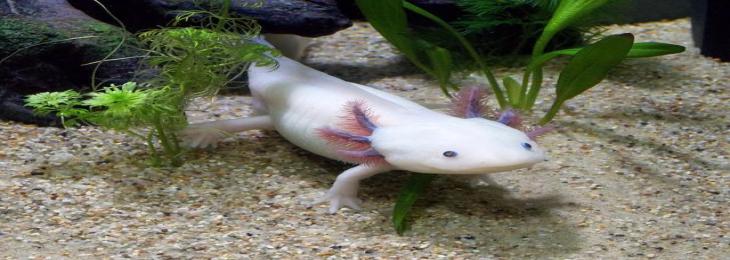
An atlas of the cells that make up a portion of the axolotl brain was developed by researchers, providing insight into both how the brain regenerates and how it has evolved across species.
The Ambystoma mexicanu has a limited capacity to recreate the original tissue structure however could regenerate certain areas of their brains. The study group at the Institute of Molecular Pathology in Vienna made a study on axolotl’s capacity to repair all the various cell types in their brain, including the connections that connect one brain area to another.
The study team made the decision to concentrate on the axolotl's telencephalon. The greatest portion of the human brain, the telencephalon, contains the neocortex, which is important for animal cognition and behaviour. The neocortex has significantly expanded in size in comparison to other brain regions throughout recent evolution.
The axolotl telencephalon is made up of several different types of cells, including progenitor cells, or cells that can divide to produce more of themselves or other cell types. The researchers used scRNA-seq to identify these various cell types. It determined which genes are active when progenitor cells develop into neurons and discovered that many go through a transitional cell type known as neuroblasts before developing into adult neurons. By removing a portion of its telencephalon, researchers may put axolotl regeneration to the test. Researchers were able to collect and sequence every new cell at various phases of regeneration from one to 12 weeks following injury using a specialised technique called scRNA-seq.
It has been noted that brain regeneration occurs in three distinct stages. A small percentage of the progenitor cells that rapidly grow during the first phase of the process go on to start the wound-healing process. Progenitor cells start to separate into neuroblasts in phase two. Phase three is the final stage, during which the neuroblasts develop into the missing types of neurons.
There are some parallels between one type of axolotl cell and the neocortex, the part of the human brain responsible for perception, cognition, and spatial reasoning. The discovery of every type of cell in the axolotl's brain also paves the potential for ground-breaking studies in regenerative medicine.






